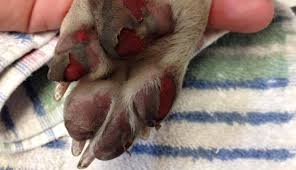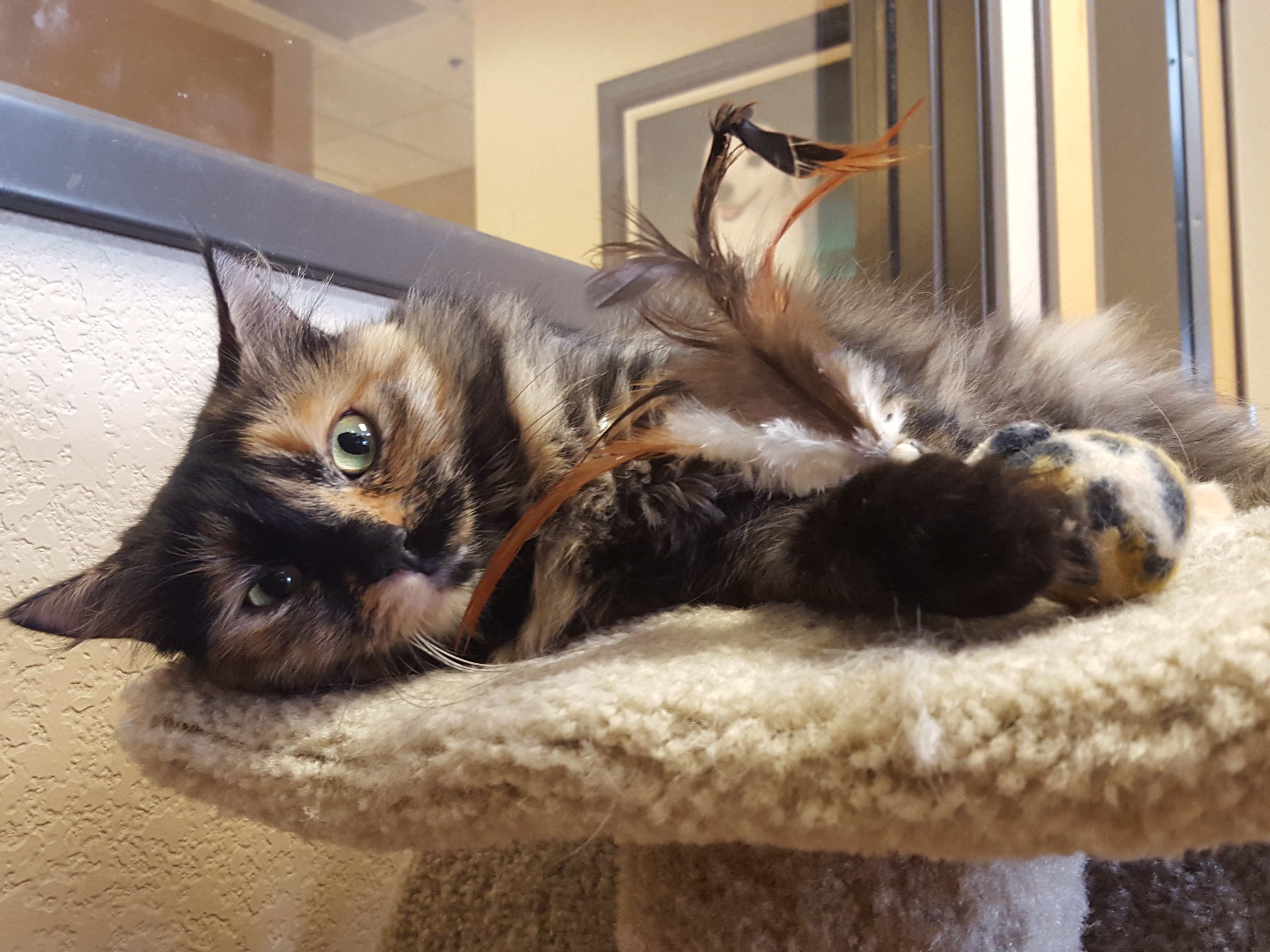We live in Arizona, so we never run out of clichés about the excessive summer heat. With that we face numerous animal issues as well: people leaving their pets in locked vehicles, and people leaving pets outside without proper shade or water. It doesn’t matter if it’s a supposed “dry” heat. When it’s hot, it’s hot. As the temperature rises, it gets unbearable for our furry family members if left in bad situations.
One of the running jokes we often hear in Arizona is that the pavement is so hot that you can bake cookies on the sidewalk or on the dashboard of a parked car. While we know the car is no place to leave your pet, the pavement should also be off limits during the hottest hours of the day.
An article by The Humane Society of the United States advises to keep the level of exercise for your pet to a minimum when the temperatures are very high. “On very hot days, limit exercise to early morning or evening hours, and be especially careful with pets with white-colored ears, who are more susceptible to skin cancer, and short-nosed pets, who typically have difficulty breathing,” the article said.
The following are some other great tips for walking your dog in the summer, as per a Banfield Pet Hospital article that said that materials such as pavement and asphalt “absorb heat from the sun and can stay hot for hours even after the sun has gone down.” According to the article, temperatures on these materials can be as high as 145 F! The article provides the following tips for your dog’s paws:
- If the pavement is too hot for your hand or foot, “then it is too hot for your pet.” So check the pavement by leaving your hand or foot there for 10 seconds to see if you can handle it.
- Where there’s grass, walk on that instead of the pavement.
- Walk your dog either early morning or later at night.
- Check out some of the available booties for your dog’s paws.
According to “10 Tips To Protect Your Dog’s Paws From Hot Pavement,” always be sure to check your dog’s paws on a daily basis to make sure there is no injury or damage. Be sure to keep your dog’s paws clean and moisturized as well. Other products you can try are disposable booties or dog socks if you must walk your dog on pavement during a hot summer day.
Put your best paw forward to ensure your dog is safe and free from harm, and you’ll both have a great summer!



Recent Comments